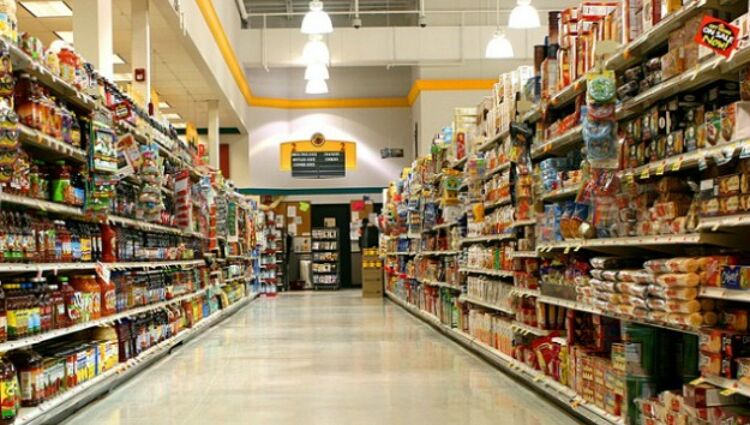Two Sides survey flags up packaging wins and losses

Paper and cardboard packaging comes out on top for environmental-friendliness in a new consumer survey conducted for Two Sides by research agency Toluna.
In the midst of heated discussions about packaging, avoidable plastic waste and a move towards a circular economy, a snap poll, conducted by Two Sides and international research agency Toluna, has revealed a strong preference for paper & cardboard packaging amongst UK consumers.
A nationally-representative survey of 500 UK adults found paper and cardboard to be the most preferred packaging material for environmental-friendliness, recyclability and practicality.
Respondents were asked which packaging material (glass, metal, paper and cardboard, or plastic) they prefer based on a number of different reasons. Paper and cardboard received the highest score for being; better for the environment and easier to recycle and, in terms of practicality, easier to open and close, easier to store, lighter weight, more practical, and safer to use.
Consumers also appreciate paper and cardboard packaging’s unique environmental qualities:
- 78% like paper and cardboard packaging because it is biodegradable
- 73% believe paper and cardboard packaging makes good use of recycled materials
- 64% like paper and cardboard packaging because it is made from renewable wood fibre
Martyn Eustace, Managing Director of Two Sides, says;
“In the current packaging climate, it is great to see paper and cardboard packaging recognised by consumers for its excellent environmental attributes.
Not only does paper & cardboard packaging have an exceptionally high utilisation rate of recycled fibres, it is also the most recycled packaging material in Europe, at 83%.
Consumers can also be confident knowing that European forests, which provide much of the virgin fibre used for making paper and cardboard packaging, have grown by an area the size of Switzerland in just 10 years – that’s equivalent to over 1,500 football pitches every day!”
The survey also revealed significant consumer concerns about packaging in general. 85% believe packaging is a significant source of litter, 84% believe over-packaging is a problem, and 71% believe packaging is bad for the environment. Coffee cups, plastic bottles, chocolate bar wrappers, crisp packets and take-away packaging were all perceived to be the most significant causes litter.
Paper and cardboard packaging is durable, renewable and recyclable and will be an essential material as we move towards a regenerative, circular economy, as outlined in the UK Government’s 25 Year Environment Plan.
Topics
Interested in joining our community?
Enquire today about joining your local FESPA Association or FESPA Direct
Recent news

Streamlining personalisation with tech: Insights from the SmartHub Conference 2025 speakers
Personalisation Experience 2025 (6 – 9 May 2025, Messe Berlin, Germany) is running its inaugural SmartHub Conference from 6 – 8 May 2025.

Special Effects in DTF: How Neon Inks Are Making Apparel Pop
Neon fluorescent inks are the latest innovation in DTF printing, offering vibrant, eye-catching effects under both daylight and UV light, giving apparel decorators a competitive edge. Testing shows good wash durability, though market perception of added value is still developing. With increasing adoption and ongoing technological advancements, neon represents a significant upgrade for creative customisation.

Unlocking Growth Opportunities in the Printed Personalised Apparel Industry
The printed personalised apparel industry is booming, projected to reach $10.1 billion by 2030. Driven by consumer desire for self-expression and branding needs, technological advancements like DTG/DTF and e-commerce integration are key. Sustainability, eco-friendly materials, and on-demand printing are crucial growth drivers. Businesses leveraging these trends, including AI and social media, have significant commercial potential.

How to grow your business with white ink applications
Opaque white ink is revolutionising signage, vehicle graphics, wallcoverings, short-run and wood packaging, and window blinds by enhancing vibrancy and clarity. This enables printers to offer high-demand, standout products, boosting profit margins. HP Latex white ink applications and their large format printing solutions will be showcased at FESPA 2025 in Berlin.